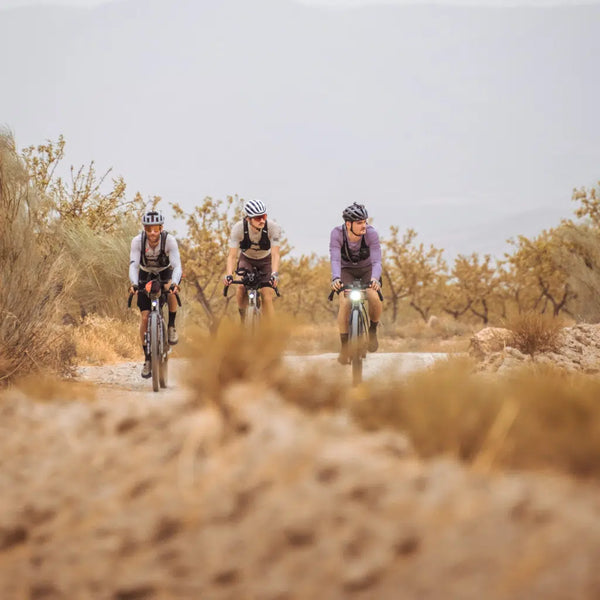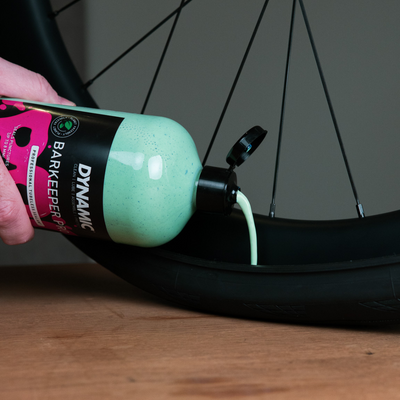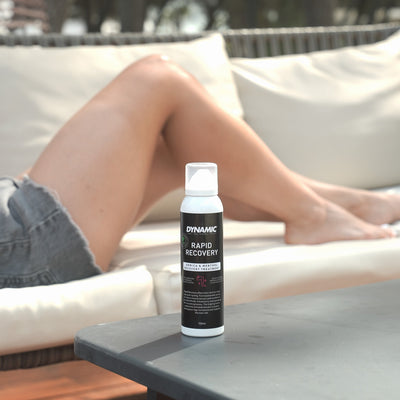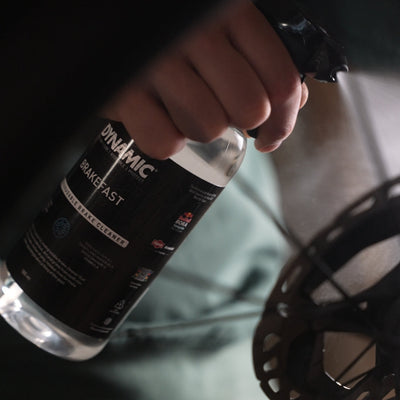Contents
Tubeless tires have been around for some time in the MTB and Gravel world but have now made their entry into the world of road cycling. Even the pro’s now use tubeless tires; for example in Paris-Roubaix, the hell of the north, the ultimate test for body, mind and equipment. Gerrie Knetemann once said about the cobbles of Paris – Roubaix, “They are so bad, as if they were thrown down from a helicopter by the Romans.” 259 kilometers of pure suffering on more than 55 kilometers of cobblestones. With the use of tubeless tires the pro’s hope to have more grip and comfort over these tiny mountains.
Should you also go tubeless? What is the difference between these new tubeless tires and normal clinchers? In this article we dive deeper into those questions and hopefully by the end you will have the answers for yourself!

What is the difference between tubeless, clincher and tubular tires?
All tires, all requiring air to stay inflated. Each with significant upsides and downsides. Let’s take a closer look at what they are and how they differ

What are clincher tires?
The type of tire you probably use now. Consisting of an outer tire, designed to provide grip and durability and a separate inner tube that contains the air.
The pro’s of this type of tire are:
- Easy to service and change at home or on the side of the road in case of a puncture.
- Cost effective as you can replace an inner tube for little money. Allowing you to reuse the more expensive outer tires.
The cons are:
- The rolling resistance of a standard clincher tire and butyl inner tube is higher than a comparable tubular or tubeless tire.
- They are less comfortable because you need to ride them at higher pressures than a tubeless tire. This is to prevent ‘pinch flats’, where the edges of the rim can puncture the inner tube if you hit a pot hole or other hard edge.
What are tubular tires?
The classic road performance tire. Tubular tires consist, like clinchers, of an outer tire and an inner tube. Except with a tubular tire, the outer tire is sown around the inner tube, completely encasing it and is then glued onto the rim. This kind of tire is mostly used in the professional peloton and not really suitable for use by the amateur cyclist.
The pro’s are:
- They have a lower rolling resistance than classic clincher tires.
The cons are:
- They can not be patched or fixed and cannot be swapped out on the side of the road. This makes them unsuitable for use by amateur cyclists who do not have a car with spare wheels following them around.
- They require special wheels as they do not fit standard clinchers wheels.
What are tubeless tires?
It’s a difference of a few letters from tubular tires, however the difference is huge. Tubeless tires are similar to the outer tire used in clinchers, but don’t need the inner tube. Because of innovation in tires and rims, current tubeless tires can create an airtight seal against the rim itself.
To make sure that seal is airtight, a liquid sealant is injected into the tire. This also works to seal most of the punctures you might get. If a puncture does not seal with sealant you can always throw in an inner tube like with a clincher tire.
The benefits of tubeless tires are:
- They have less rolling resistance than standard clincher tires
- They are more comfortable because they can be run at lower pressures without the risk of ‘pinch flats’.
- If you do get a small puncture, the sealant will often seal it within seconds. Meaning you don’t have to stop to change the inner tube.
The cons of tubeless tires are:
- The tires are a little more expensive than standard clincher tires
- The wheels need to be tubeless compatible, however most newer wheels are tubeless compatible from the factory.
- They can be a bit more difficult to mount with a normal pump. Although the newer generations of tubeless tires have come a long way in making installation much easier.
In our personal opinion here at Dynamic, we think that tubeless is the way forward for both professional and amateur road cycling. It is the ideal mix of comfort, durability and performance.

What do I need to make my tires tubeless?
If the above benefits have convinced you to make the switch, as they have us, you need a few essentials:
- Tubeless ready wheels
- Tubeless ready tires
- Tubeless sealant
- (Optional) pump with chamber or air compressor
First of your wheels need to be tubeless ready. This is often the case with newer wheels, however check the instructions of your wheels to make sure.
Then you need some tubeless ready tires. Standard clincher tires will not seal against the rim, so do not try to use those. There are a lot of options for tubeless tires, so maybe there are already some available of your favorite brand and type.
A good tubeless sealant is essential for a perfect tubeless set-up. This ensures that any small punctures get sealed without losing a lot of pressure.

We give you four reasons why we think Barkeeper is the best tubeless sealant:
- Barkeeper is a planet-friendly latex-based tubeless sealant. Due to Hi-Tec Fibers of varius lengths and thicknesses, holes up to 7mm are sealed easily and faster than with any other sealant. Because of the high pressures in road tires, other sealants sprays out too rapidly to seal a puncture. this is prevented by the use of Hi-Tec Fibers. Therefore your tires lose much less pressure when filled with Barkeeper than with other sealants.
- If your bike has been standing still for a while, many sealants tend to ball up at the bottom of your tyre. Barkeeper’s unique formula allows the product to stick to the inside of your tyre and rim, so the sealant will remain evenly distributed and does not ball up. Not even when your bike is in the shed for a few weeks.
- Barkeeper works in tyres with a pressure between 1 and 8 bar and between -20°C and +50°C. The perfect sealant for tyres with low tyre pressure in extreme conditions, such as a winter version of Paris-Roubaix. And if too much air escapes from your tyre during a ride, Barkeeper can also be used in combination with CO2 cartridges. Very few tubeless sealants can do this.
- Because Barkeeper conditions your tyre from the inside and is not water based, it dries out less quickly. The conditioning advantage can be as high as a 20% increasing the lifespan of your tyre, which results in a positive impact on the environment. In addition, this synthetic latex lasts 6+ months, whereas natural latex often has to be replaced after 3 months. By riding tubeless you also save loads of inner tubes, which are not biodegradable. So, by using this planet-friendly sealant you save a lot of waste.
Want to make the switch with Barkeeper?
Convinced to go tubeless with Barkeeper? Get it straight through our website or find it at your local Dynamic dealer!
Related blog posts



